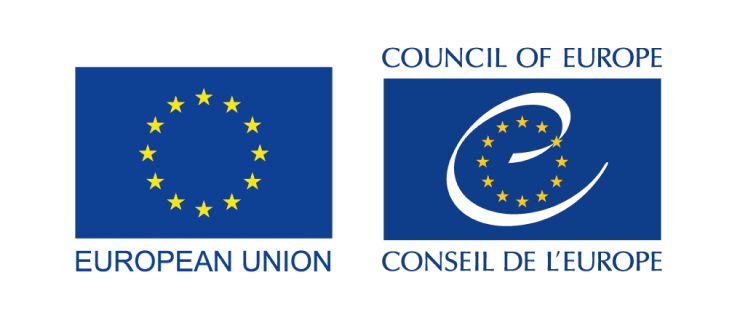Learning Materials for Teachers
Teaching Strategies: Sharing European Histories
Multiple Authors • EuroClio
Levels and forms of education
Lower Secondary Education
Upper Secondary Education
Resource type
Lesson plans
Worksheets and informative texts
Interactive formats (e.g. group work materials, board games, etc.)
Historic approaches concerned
Cultural History
Economic History
Global History
Intellectual History
Local History
Microhistory
Political History
Social History
Transnational History
Historic period
No data
Countries or areas concerned
Cross-regional, , Europe
Languages
Afrikaans, English, German, Greek, Polish, Portuguese, Serbian, Spanish, Turkish, Ukrainian
Description
ABOUT THE PROJECT The past is often a source of conflicting interpretations rather than easy consensus. Still, historical identity is central to relations between states and people in the here and now. In our diverse European society, we cannot escape history when seeking to understand the present in our search for a common future. Understanding European history, like other histories, involves a continuous process of construction and deconstruction, writing, and rewriting. At the same time, as the history of the European continent is marked by the constant movement of cultures and populations, diving into it might well offer insights into how people in Europe interacted and lived together in the past. We believe that opening up a space to engage with the dissonant and often conflictual nature of European history is the first step in discovering common positions or overcoming divisions while acknowledging existing differences. European histories are often seen as dividing the continent. With this project, a call for innovative ideas and projects should contribute to the understanding of young people regarding the complexity and multiplicity of European histories, and therefore better understand the continent itself. The past is often a source of conflicting interpretations rather than easy consensus. Still, historical identity is central to relations between states and people in the here and now. In our diverse European society, we cannot escape history when seeking to understand the present in our search for a common future. Understanding European history, like other histories, involves a continuous process of construction and deconstruction, writing, and rewriting. At the same time, as the history of the European continent is marked by the constant movement of cultures and populations, diving into it might well offer insights into how people in Europe interacted and lived together in the past. STRATEGIES We believe that opening up a space to engage with the dissonant and often conflictual nature of European history is the first step in discovering common positions or overcoming divisions while acknowledging existing differences. European histories are often seen as dividing the continent. With this project, a call for innovative ideas and projects should contribute to the understanding of young people regarding the complexity and multiplicity of European histories, and therefore better understand the continent itself.
Keywords
European History
Remembrance
Commemoration
Historical Figures
Continuity and Change
Objects
Object Biographies
Global History
Local History
Controversial Histories
Public Space
Museum Exhibition
Teaching Practices
